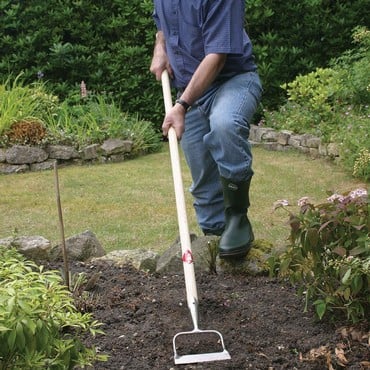Cutworms or Earwigs nibbling Clematis
I wonder if you could give me some advice on how to protect a new Clematis Perle D'Azur. It's been planted for about 4 weeks and is looking happy except that some of the leaves have been devoured and some part eaten. It has a copper ring protecting it from slugs and snails and it seems the higher up, younger leaves have been most badly affected. There's no sticky residue or anything on them - they seem to have been eaten quite cleanly but i did see a small curly residue near the stem of a leaf that was half eaten. Ive been looking around online and not sure if it may be cutworms or earwigs? it seems late in the season for most things and too late to use the nematodes recommended. I read something about pouring neem oil on the soil - would you recommend this? I'm reluctant to use nasty chemicals if at all possible but would prefer not to lose the plant which wasnt cheap.
I'd be really grateful for any advice you may have.
Many thanks
Lisa
It’s difficult to be certain what the problem is without seeing a photograph of the leaf damage. There could be a number of culprits responsible for the damage such as slugs and snails (but you would see slime trails), rabbits, mice, caterpillars, etc. however I would imagine that the problem is either cut worms or earwigs.
Cutworms
Signs : Look for signs of cutworm activity late in the day or in the early evening, when the caterpillars are most active. Damaged or severed stems or the presence of frass (insect poo) may indicate a cutworm problem. Young garden plants are severed at or near the soil surface, usually overnight.
Control Measures:
For instant control (if your soil is still above 12 deg C) you can apply a biological product called Nemasys Grow your Own and let the nematodes do the work.
Turn and till your garden soil before planting in the spring to disturb overwintering cutworms.
If you find evidence of cutworms, try to find them in the soil around the affected plant. Collect and destroy any cutworms you find hiding in the soil.
Install collars around seedlings to act as a barrier to cutworms. Push one end into the soil a few inches, and allow the other end to extend above the soil surface. Cardboard toilet paper rolls can work well for this.
Plant a perimeter of sunflowers around your garden to act as a trap crop for cutworms. Monitor the sunflowers for cutworms and destroy them as you find them.
Remove any plant debris and pull weeds to minimize places for small cutworms to shelter.
Sifting the soil close to the plant base could uncover the culprits.
At the end of the season, turn and till your garden soil again.
Earwigs
Signs : If your plants are defoliated overnight (in the absence of pests in daylight or the telltale signs (slimy trails) of slugs) it is likely the plant may have been attacked by earwigs.
Earwigs love clematis and hide in mulch around the base of the plant. One way is to create a trap for them. Use an invert flower pot or yoghurt pot filled with dried grass on stakes, the earwigs will hide here during the day. Earwigs will also hide in moist balls of paper that have been placed on the ground, close to plants. Every few days, discard the paper balls.
Another option is to spray the infested area with Organic Savona fatty acid concentrate.
Harrod Horticultural used to sell a Neem oil on the website which was used as a fertiliser to give plants a tonic. I have seen claims on the internet that Neem sprays can protect garden plants from chewing insects and fungal disease just the same as it is used to protect people and animals. However neither myself or my colleagues at Harrod have any experience in using it so we are unable to give any advice. It is an organic product so maybe worth a try.
I hope you can get to the bottom of what is eating your clematis and that you are rewarded with lots of flowers next summer.
Kind Regards
Lynn Burton - Horticultural Adviser

























